Health, Medicine & Life Science
Health, Medicine & Life Science has traditionally been one of the most profitable and in-demand professions, both in Bangladesh and internationally. Since this is a noble profession aiming at fostering a healthy community in general, the course structure must be planned carefully. Countries all across the world establish the course’s structural architecture based on the factors they think most appropriate. The top four nations to study medicine are the United States, Canada, Australia and the United Kingdom. Along with each of them, a brief description of the many necessary entities has been included.
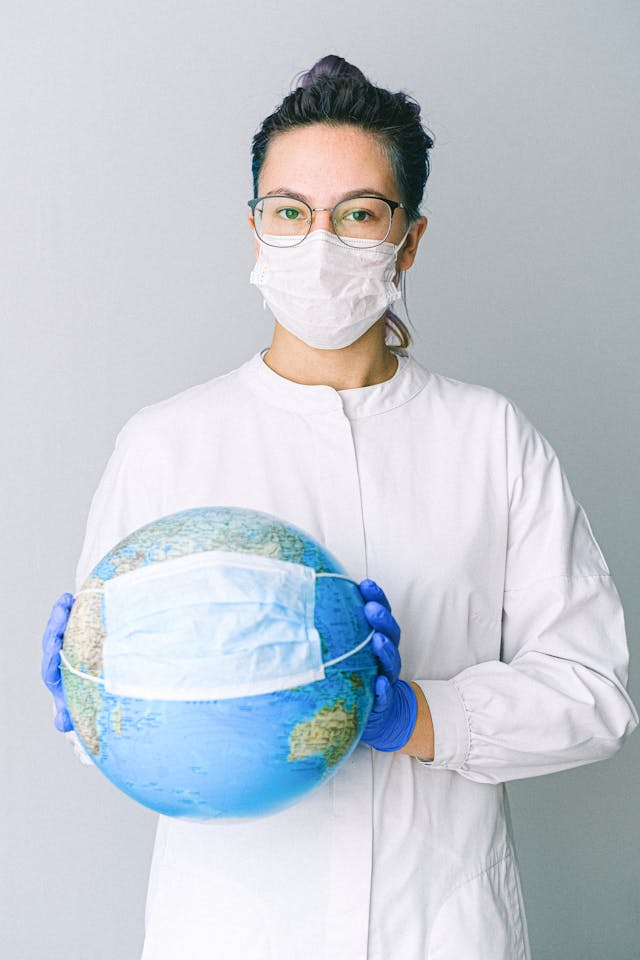

Why study Health & Medical Science courses abroad?
The study of natural sciences as well as medicine and health sciences, often known as MBBS, has risen in popularity among Bangladesh’s youth throughout the years. The number of students applying to study either Life science or MBBS overseas now is far more than it was a few years ago. Why is this the case? A combination of a restricted number of government seats and expensive tuition prices charged by private institutions has prompted a segment of Bangladeshi students to study these subjects overseas.
Studying health and life science overseas has become a great trend among Bangladeshis, thanks to state-of-the-art universities with unrivaled amenities and world-class instructors. Studying MBBS outside of the country lets the students be exposed to different cultures or lifestyles with the possibility to practice medicine in those countries as well, therefore they gain comprehensive experience that they will remember for the rest of their lives.
Studying Life Sciences Abroad
By studying life sciences, one is able to know about the life processes, formations and functions of living organisms. If one has a diverse set of scientific interests that he/she wants to pursue, then life science is the go-to curriculum where they can even combine them into one degree.
You will be able to study and explore a vast array of scientific topics, including larger scale subjects like, biology, chemistry, toxicology, and environmental science, as well as the narrowed down subjects like molecular biology, biochemistry, microbiology, biotechnology etc. It also requires and ensures one develop the laboratory skills needed to work in a scientific environment, and engage with cutting-edge research taking place in the field.
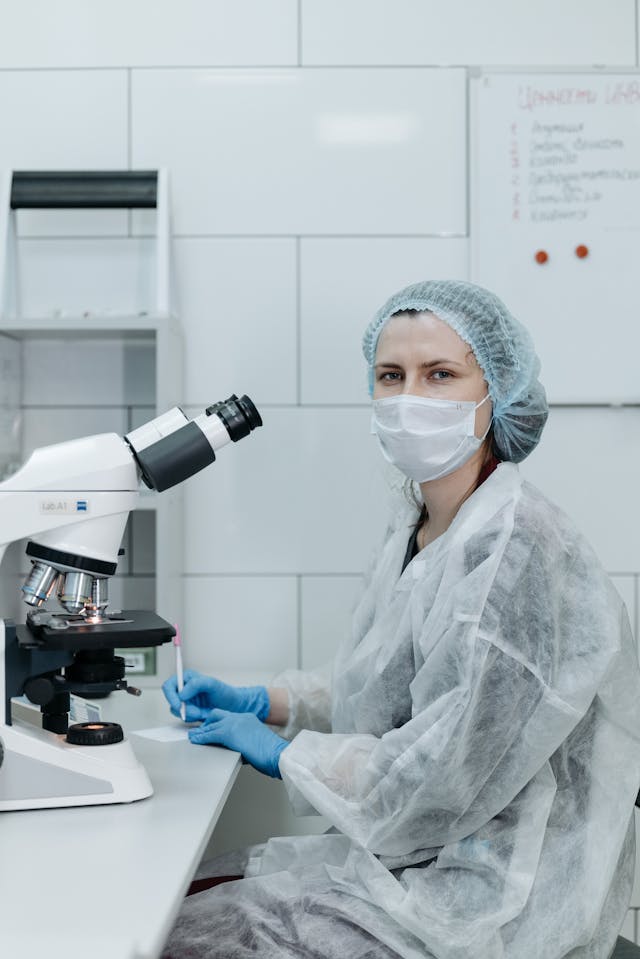

Requirements needed to study Life Sciences abroad:
Depending upon where you want to study, you will need to fulfil the establishment’s entry level requirements. Most universities will require their students to have a minimum of 3 A-levels or H.S.C subjects, two of which must be science related such as biology, chemistry, physics or statistics. A strong mathematics qualification would also be of benefit. A PTE score of minimum 50 in each of the 4 sections and an IELTS score of minimum 6.0 overall is also required by most universities.
Bachelor’s degrees in life sciences can be completed oversees by studying for over three or four years full-time along with industrial experience. Getting Internship abroad further adds to gather hands-on experience and secure a position to work confidently, enabling possible career prospects.
To obtain a US college degree, you’ll need to study there for four years. Usually, it requires you to complete two years of liberal arts classes, afterwards you can enroll in your desired life sciences program for completing the remaining half.
For a master’s degree, you’ll need to narrow your focus and specialize in the topics which you can complete on a span of one or two years. After finishing your MSc, you can contribute to scholarly research and discussion by pursuing a PhD. A doctorate degree generally takes between four and six years to complete.
Studying MBBS in USA, Canada, Australia and UK
The United States provides a well-structured MBBS curriculum that keeps up with the newest technological and medical advances. Doctor of Medicine /Doctor of Osteopathic Medicine is the medical degree provided in the United States. In the United States, medical school lasts four years, followed by residency training that can last anywhere from three to seven years. Pre-medical and medical are separated into the four years of basic studies (internships comprising of rotatory courses in various wards of a teaching hospital).
In Canada, there is fierce rivalry for admission to the college of medicine. With the exception of Quebec, which allows students who have finished their class 12 test and one year of graduation, the majority of medical schools in Canada enroll students who have earned a degree in biological sciences. MD is the abbreviation for MBBS in Canada (Doctor of Medicine, considered as an undergraduate degree). International students interested in studying medicine in Canada must take the Medical College Admission Test. In Canada, medical school lasts three to five years, depending on the university and medical background of the student. Those who hold a bachelor’s degree in the relevant discipline are eligible for the 4-year program, while those who do not must choose the 5-year program. MD is available in 17 medical universities of which only six colleges offer admission to international students. The tuition fees for these top universities in Canada range between 26,000 CAD to 96,000 CAD per annum.
In the realm of medicine, the Australian Qualifications Framework has established a quality-oriented course. International students wishing to pursue an undergraduate degree in medicine in the country must have finished their upper secondary education with a minimum score of 65 in PTE or a score of 7 for IELTS from a recognized board or institute.
Medicine studies typically last four to six years, followed by a year of internship and a year of residency, after which the MBBS degree is conferred. The specialty training is elective and lasts three to eight years. International students interested in studying medicine must have a minimum score of 73 in each of the 4 sections in PTE and in case of IELTS (International English Language Testing System) the minimum is score of 7. 5 in each of the four areas of hearing, speaking, reading, and writing. The UK Clinical Aptitude Test /Bio Medical Admissions Test is used to choose students for medical and dentistry schools. Students must complete a two-year foundation training program after completing two years of undergraduate studies. After completing four years of education in the field in which one intends to specialize, a specialized training program, which can last up to seven years, must be pursued. After completing the specialty program, you will get a Certificate of Completion Training.
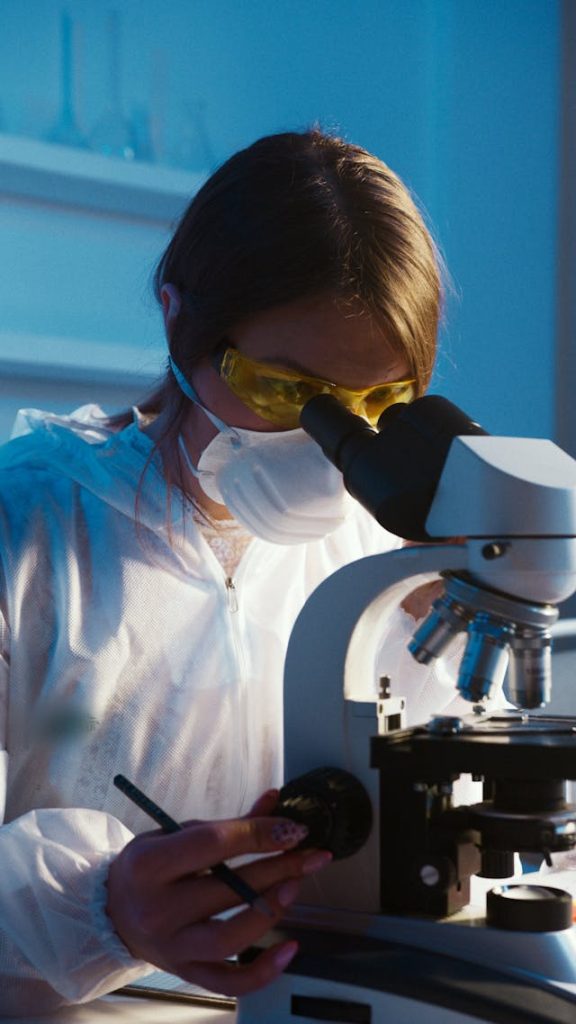
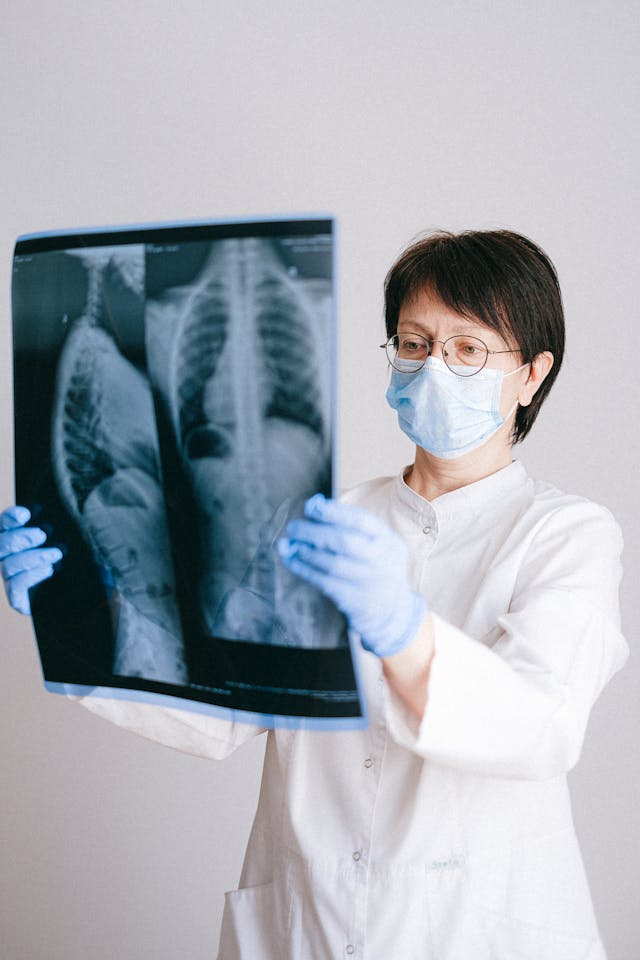


Requirements needed to study medicine in these 4 countries are:
- Proof of funds (Except Canada)
- Certified copies of marksheets from Grade 10 and Grade 12
- Score card of MCAT (in case of USA and CAN) or Scorecard of UMAT/GAMSAT/MCAT (in case of AUS) or Scorecard of UKCAT/BMAT (in case of UK)
- Bachelor’s degree certificate (only applicable for USA)
- Resume
- Statement of Purpose (Except AUS)
- Academic references
- PTE or IELTS (for AUS & UK)
- Letters of recommendation from employers (if employed) emphasizing professional qualities (only applicable for UK)
Career Prospects
Life Sciences degrees offer a wide range of careers opportunities for potential graduates in a number of fields including working as a lab technician or research assistant where the pay ranges between $20,000 – $40,000 per year.
However, depending upon your degree course, there are also opportunities for graduates to study at a post-graduate level for a number of vocational positions. Many life-science graduates with strong degrees train to work within the NHS as doctors, nurses and pharmacists. Some even go on to find work as medical journalists or lawyers. One of the fantastic things about Life Sciences degrees is that they also lend themselves to careers within conservation and businesses. Many technology firms will only hire staff that are able to understand the products being sold and developed and will look to place new graduates in human resources, sales, public relations and marketing roles.
The mean salary of a doctor is $313,000 per year according to a report. However, doctor salaries vary based on location and specialty. For instance, neurosurgeons make the most per year on average at $616K, while a Pediatric Infectious Disease doctor makes $185K. But one thing is for sure – full-time locum tenens medical professionals can expect to make 30-50% more than a permanent position.
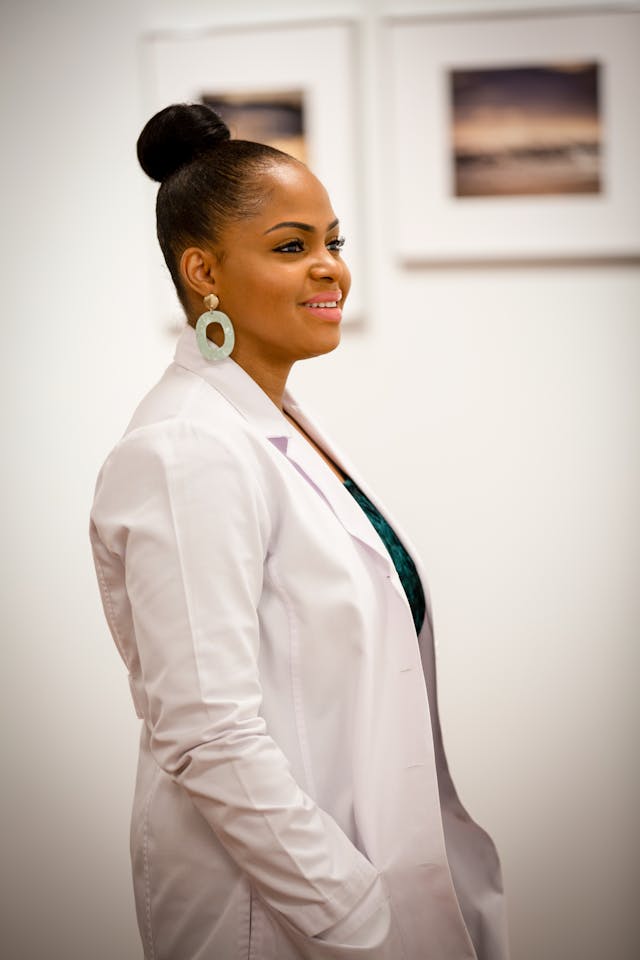


Opportunities for Permanent Residence
Australia is also more open to international students who stay at the end of their studies. We offer temporary Skilled Graduate visas that allow international students to stay in Australia for 18 months after graduation. This is also to gain additional work experience or to travel around the country! Independent (Resident) Visas can be applied for permanent residence for those who have studied in Australia for two years.
In contrast, Canada is often looking for people to hire highly skilled workers with a small population. As a result, international students will have more opportunities to stay in this country after graduation. This is a visa program, and the PGWP (Post Graduate Work Permit) allows students to stay and work in the country for three years if the application is successful. Once this visa is approved, students can apply for permanent residence.
Over the last seven years, it has become increasingly difficult for international students to stay in the UK and find employment after graduation. In 2012, then Minister of Interior Teresa changed the law to allow students to stay in the UK for only two months after studying. The government later recognized this as unfair and extended it to two years. University organizations and some politicians are currently campaigning to extend this extension to two years. However, at the moment it is still fixed in 6 months.
To obtain an employment-based immigrant visa, there is usually a requirement that an applicant applies and obtains labor certification. This process, designed to ensure that no qualified U.S. workers exist for the position, is often difficult and can take several years to complete (depending on jurisdiction). Most graduates will fall under:
First Preference: Priority Workers
This category includes the following: (a) persons of extraordinary ability in sciences, art, education, business or athletics; (b) outstanding professors and researchers, and (c) multinational executives and managers.
Under the extraordinary ability subcategory above, the applicant does not require a job offer and the application can be processed fairly expeditiously. Only those applicants who have reached the top of their field can apply under this category and must intend to continue to work in the particular area of extraordinary ability. However, the applicant must have three years of teaching or research experience, as well as a job offer for a permanent position from an appropriate U.S. institution. Three separate subcategories exist:
Professionals (with a Bachelor’s Degree);
Individuals performing a job requiring two years of education, experience or training;
Other workers.
Scholarships and tuition fee wavers
If you are interested in these courses and you would like to apply for scholarships in these 4 countries, please visit our website for more information to guide you through a beautiful educational or career pathway. The link for our website is:

